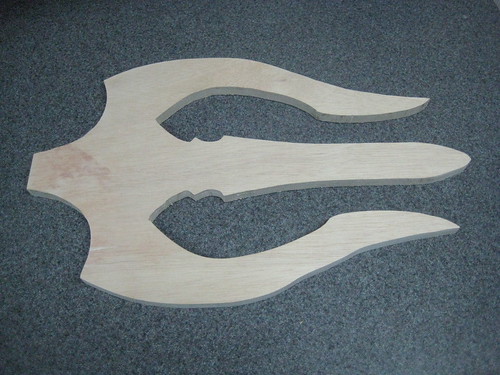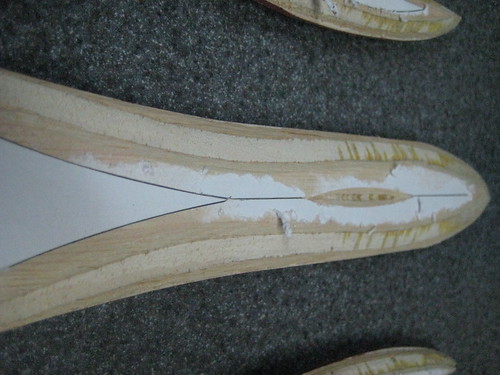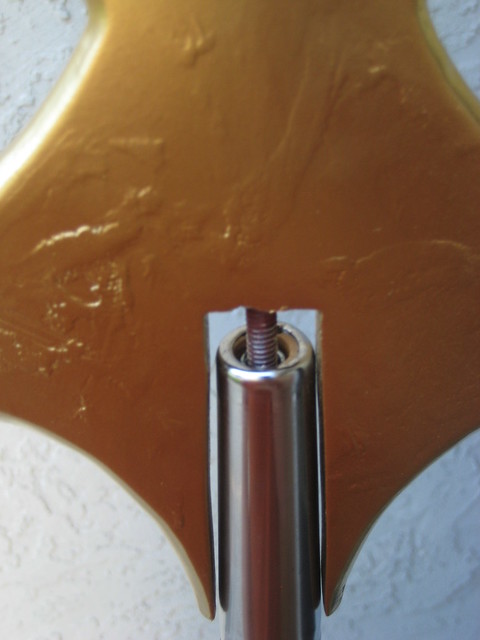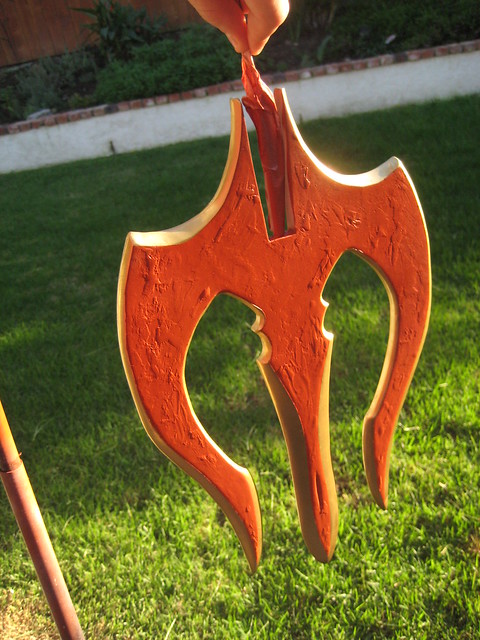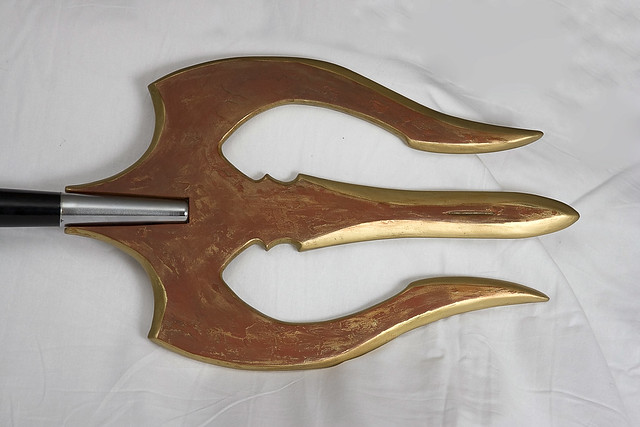My dear friends the Leivos purchased, and have been breathing new life into the
Ojai Village Pharmacy, located -surprisingly enough- in Ojai. They asked me to create some unique Christmas Ornaments for the store this season, so of course I couldn't resist coming up with a suitably involved solution. Their drug store is right across the street from the
Ojai Post Office, the tower of which is a visually striking historical landmark for the town.

These ornaments started life as a very careful vector drawing done in Illustrator. Typically in my process, these would be printed out to use as templates and blueprints, but I've had the good fortune of getting involved at the
Industry Showroom in
downtown SanDiego, specifically doing laser etching at
Atomic Laser Lab. I was excited to put the machine thru its paces, so I decided to test it out with this project.
From the drawing, I created a series of topographical slices, to be cut and later stacked up again to create a dimensional model. These were output as EPS files, and then imported into Correl Draw (the Epilog Laser's preferred graphics program) and cut out two different materials by the machine. The body of the piece is made from two slices of 1/8th" acrylic sheet, with details etched maybe 1/16th" into the acrylic. I then cut out a whole mess of parts from heavy cardstock to form fine details such as the trim.
The dome was cut separate from the rest of that layer, and shaped to a contour with files and sandpaper. Next, the pieces were glued together with CA glue aka superglue. I made sure to saturate the paper well to bond it. This had the side effect of adding some texture to the paper portions, which I knocked back to desirable levels with fine sandpaper.
Next up, a primer coat of Rustoleum double cover primer, in what Krylon would call ruddy brown. Then, a coat of Rustoleum Multicolor textured finish. It gives sort of a sandstone look, which I wanted to hold detail and emulate a plaster or stucco finish. That was sanded lightly with fine sandpaper to remove high points, and then sealed with a final primer coat.
I reproduced the piece using
Smooth On's excellent products. Specifically their
pourable silicone starter kit, since I could pick it up at Blick's with a 40% coupon, and the included smoothcast 300 resin and Oomoo silicone were appropriate for the application.
I didn't take pictures of the mold-making process because my hands were dirty, and because Smooth-On provides excellent instructional materials on their website. The primered piece was hot glued down to a disposable plastic tray, and a wall was then built around it using cut up paper plates and hot glue. The piece was sealed with Superseal, Then dusted with a bit of Ease Release. (Which probably wasn't essential, but I didn't want to risk it.) Next, silicone is mixed up from two parts, and carefully poured over the piece. The Oomoo silicone does a good job of removing its own bubbles overall, but the fine grids I created in the window recesses are bubble magnets, and I really should have brushed silicone into them to eliminate their formation. Alas I didn't, which meant cleaning up the bubbles that formed on each casting.
After letting the silicone cure overnight, it was a snap to demold the original, clean it out, and make my first casting. Learning from my mistakes: When I hot glued down the original model, I didn't put the bead out to the edges of the piece, which caused the silicone to flow under the edges, creating a lip to the back of the mold. It was thin enough that it didn't damage the mold or fully mechanically lock the mold down, but it could have, and it did reduce the quality of the edges of the mold, necessitating cleanup on all of the subsequent castings. Always pays to take your time on the front end of the process.
 |
| This one was coldcast bronze; the plain resin comes out white. |
The Smooth-Cast300 resin is a breeze to mix up, cures in about 10 minutes, and holds impeccable detail. It's fairly strong and quite light, so the ornaments will be able to hang easily on the tree despite being somewhat large. Pieces are still flexible at ten though, so 20 minutes is a more advisable demolding time. The painted versions of the ornament were cast in the raw white resin, but I also created some in cold cast bronze by mixing powdered bronze dust in with the resin. A tutorial on cold casting is available
here. In short, the exterior of the piece is a layer of equal parts resin and metal. This makes for a lovely metal finish, but is structurally weaker, and so underneath the metal-resin exterior is a core of plain resin.
The Cold cast pieces are completely painted with a deep burnt umber acrylic paint, and then rubbed down with a rag soaked in acetone. This removes all of the brown, except for recessed areas, creating an antiqued look. It also softens and wipes away resin from the surface of the piece, exposing more of the bronze powder, and making for a more metal-like finish.
 |
| Dark to light painting process. |
The pieces that were cast in plain resin received a primer coat, and are then treated to a series of dry-brushed paint coats. Since I was extremely literal (pretty painstaking, really) on matching the shape of the real tower, I took a little bit of creative licence in the finish, trying to achieve something textural, rustic, and interesting when I painted the ornaments. They were first thoroughly painted in the same dark brown as the bronze pieces, to create the darkest recesses and shadows. Next a coat of burnt sienna brushed everywhere, but into the deeper crevices, and so on, getting progressively lighter in shade, and using a progressively drier brush. Once I've gotten to my lightest color, an off-white, I glazed the trim with burnt sienna, and the decorative tiles with blue and gold. Finally, an acrylic clear coat was applied to protect the paint. A hole is drilled in the top of the dome, and a brass eyelet fitted to hold the ornament's hanger, and to echo the weathervane on the genuine article. A lasercut tag and some hemp twine to hang it, and the ornament's all done.




